Research & Analysis
U.S. Institute of Peace’s articles, reports, tools and other features provide policy analysis, research findings, and practitioner guides. These publications examine critical conflict issues at the center of the Institute’s work to prevent and resolve violent conflict.
The views expressed in these publications are those of the author(s).
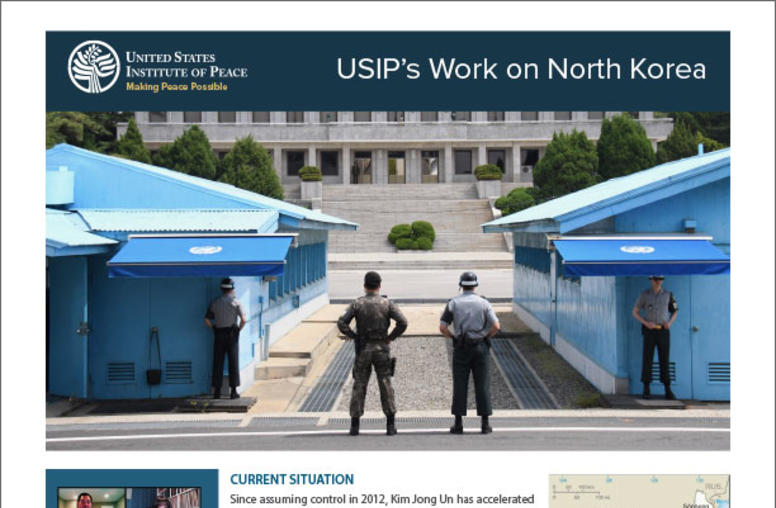
The Current Situation in North Korea
In 2018, reinvigorated diplomacy and reduced tensions generated hope for a more secure and peaceful Korean Peninsula. At a historic summit in Singapore in June, the United States and North Korea committed to establish “new U.S.-DPRK relations” while North Korea also committed to work toward the “complete denuclearization of the Korean Peninsula.” However, the two countries disagreed about what each side should concede and when, leading to a diplomatic failure at a subsequent summit in Hanoi in February 2019. Today, the United States and North Korea coexist in an antagonistic, high-risk stalemate.
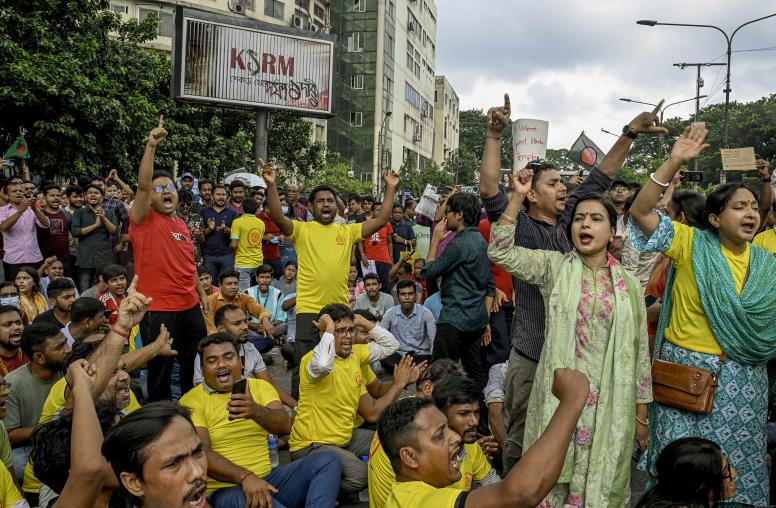
Six Months After the July Uprising, Bangladesh’s Democracy Lurches Forward
Six months after Bangladesh’s repressive Awami League (AL) government was overthrown in a student-led uprising, Bangladesh’s democratic reformation is entering a critical phase. The reform commissions setup by Muhammad Yunus’s interim government (IG), which took power on August 8, are set to release their recommendations for dramatic changes to the country’s democratic institutions. Under Yunus’s stewardship, political parties and student leaders will now sit to forge a consensus on what reforms to pursue and when to hold elections. A breakdown of these negotiations would blunt momentum toward much-needed reforms and could tilt the country into political chaos.
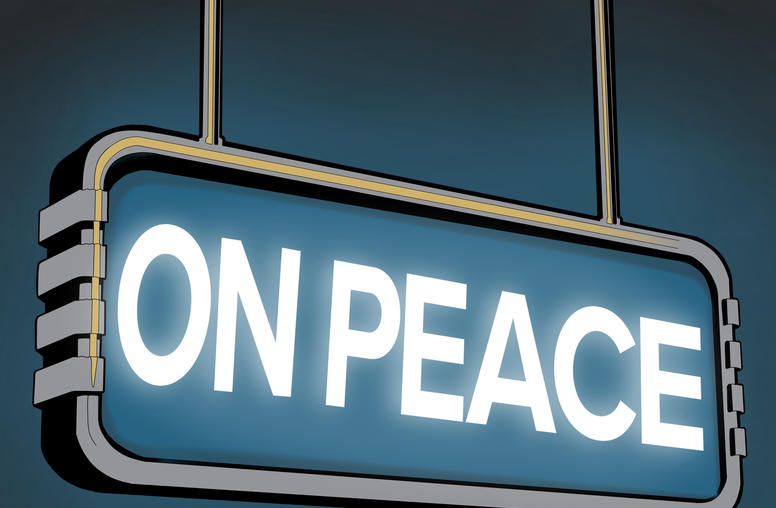
Joseph Sany on the Rwanda-DRC Conflict and the Risk of Regional War
After decades of poor governance, ethnic tensions and illegal resource exploitation in the mineral-rich eastern Democratic Republic of the Congo, Rwandan-backed rebels’ capture of Goma “has the potential to bring … seven countries into [the] conflict” and ignite a wider regional war, says USIP’s Joseph Sany.

Jordan’s King Walks a Diplomatic Tightrope in Washington
Jordan has long been one of the United States closest allies in the Middle East and its leader, King Abdullah II, is typically the first Arab leader to meet with a new U.S. president. But when Abdullah met with President Donald Trump on Tuesday, the two leaders had to navigate profound differences over what happens next in Gaza amid a fragile cease-fire. Trump’s proposal to relocate Gazans to Egypt and Jordan has been met with sharp rejection by both countries and the broader region. The president has suggested that he may withhold aid to Egypt and Jordan if they don’t agree to take Palestinians from Gaza.
The Current Situation in Libya
Libyan oil makes up approximately 3 percent of the world’s proven oil reserves and 41 percent of the proven reserves in Africa. Its geographic position on the Mediterranean Sea makes it a crossroads between Europe and Africa, and its proximity to NATO’s southern flank makes Libya a frontline state in the global competition between great powers.
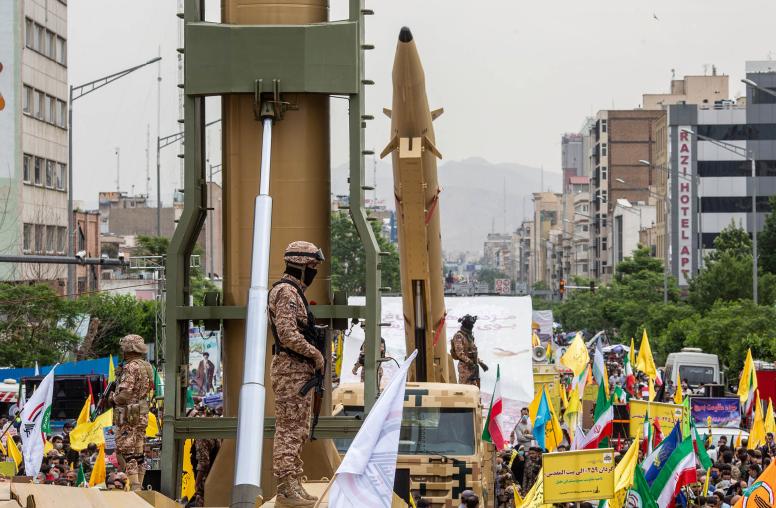
The Current Situation in Iran
For decades, Iran has vexed the international community. It introduced Islam as a form of governance in 1979 and has supported militants abroad and defied international norms. The Islamic Republic has long opposed Israel and sought to expel U.S. forces from the Middle East. It has also deepened ties with other U.S. adversaries, including China, Russia and North Korea.
The Current Situation in Tunisia
Tunisia remains a key regional partner of the United States and NATO and plays an important role in the Mediterranean and the African continent, particularly in its immediate neighborhood where instability and security threats in Libya and the Sahel continue to proliferate. Domestically, it continues to navigate economic, political, environmental and security challenges. These challenges have caused widespread discontent with the state and led to changes in the political system, centralizing power in the executive branch and restructuring subnational governance. USIP works in close partnerships with the government and civil society to support tangible reforms that advance security, human dignity, responsive governance, economic opportunity and regional diplomacy.
The Current Situation in Syria
The collapse of the Assad regime on December 8, 2024, is a watershed moment for Syria, marked by significant opportunities as well as several potential challenges. The end of more than 50 years of Assad family rule could open the way for a new, more inclusive Syria. Yet, the country must contend with the aftermath of nearly 14 years of brutal conflict where it is estimated that least 500,000 people were killed and more than 13 million forcibly displaced.
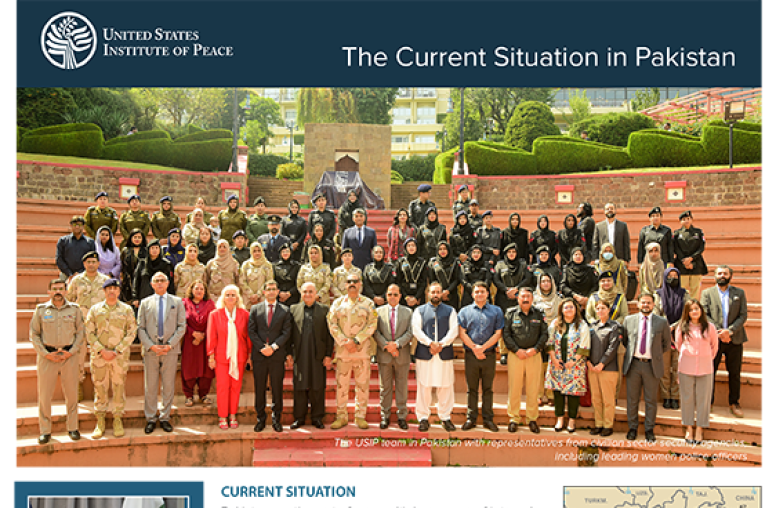
The Current Situation in Pakistan
Pakistan continues to face multiple sources of internal and external conflict. Extremism and intolerance of diversity and dissent have grown, fuelled by a narrow vision of Pakistan’s national identity, and are threatening the country’s prospects for social cohesion and stability.
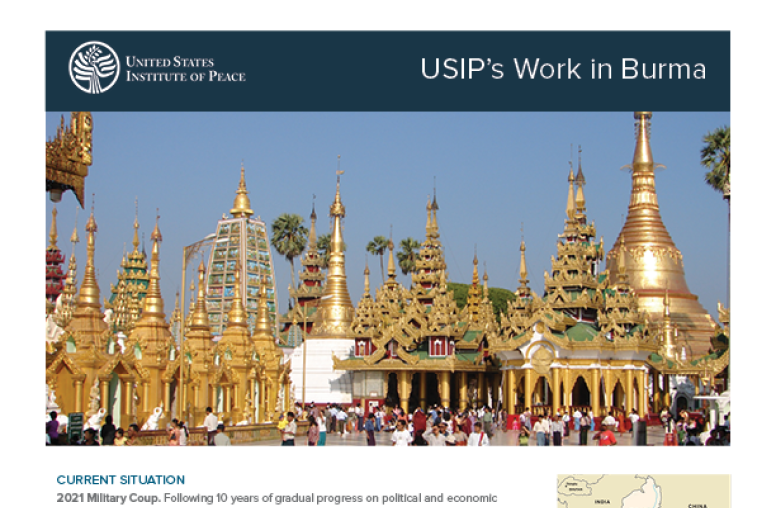
The Current Situation in Burma
Following 10 years of gradual progress on political and economic liberalization—and a landslide victory for the NLD in the 2020 election—the Burmese army took power in a coup on February 1, 2021, just hours before the newly elected members of Parliament were set to convene. The army has quickly reversed hard-won progress toward democracy and human rights in Burma. It has arrested elected officials, activists, and journalists, done away with even the most basic civil and political rights, blocked access to social media, and, intermittently, to the internet entirely.